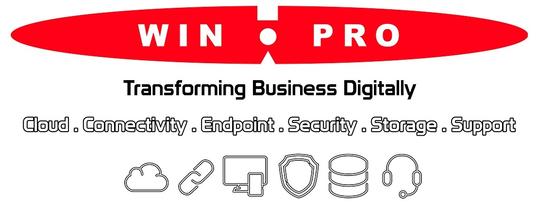
Data storage is critical in our increasingly digital lives. Whether for work, personal media collections, or safeguarding important files, portable external drives are the go-to solution for quick, reliable storage on the go. But with so many options available, how do you choose the right external drive to suit your needs?
Traditional Hard Drives (HDDs): Affordable High Capacity
Hard Disk Drives (HDDs) are the more traditional type of external storage and are known for their high capacity at an affordable price. If you need to store large amounts of data—such as video files, music libraries, or backups of your entire computer—an HDD offers more space per dollar than any other storage medium. However, they are relatively slower in terms of read and write speeds, making them better suited for long-term storage rather than fast file transfers.
Solid State Drives (SSDs): Speed and Portability
Solid State Drives (SSDs) are faster, more reliable, and more compact compared to HDDs. They are ideal for those who need quick access to files on the go, such as photographers, videographers, and designers. With read/write speeds significantly faster than HDDs, SSDs make loading files or applications near-instant. Although they tend to be pricier per gigabyte, the trade-off in speed and durability makes them worth it, especially for active users.
Rugged Drives: Durability on the Move
For those who frequently travel or work in harsh environments, rugged external drives are a great investment. These drives often come with additional layers of protection, such as shock resistance, waterproofing, and dust sealing, ensuring your data remains safe even in extreme conditions.
Conclusion
Choosing between HDDs and SSDs—or even rugged models—depends largely on your personal and professional needs. Whether prioritizing affordability, speed, or durability, the right external drive can make a big difference in how efficiently you manage your data. Explore the options available and pick one that aligns with your storage requirements.
